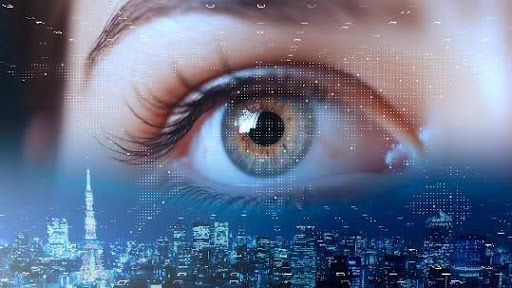WARNING: LOW BATTERY!
The red light comes on and the scramble begins - where's that charger or outlet? In airports and crowded public spaces, we vie for the coveted position closest to the three-pronged resuscitator of modern life. Perhaps otherwise reluctant to converse with strangers, the need for recharge breaks the silence barrier: "Can I plug in here?"
Keeping our batteries charged has become a high priority in our technological age, and we have built in habits to ensure we're not left stranded. We have multiple chargers and multiple outlets; we ritually plug our phones into their home or office stations.
There is another more important battery to be sure is operating on full current - your body/mind battery. Its main source of recharge? Sleep.
It's common knowledge that sleep impacts health. Here are some critical functions that happen while the eye shades are down:
• tissue repair
• muscle growth
• growth hormone release (especially needed for vitality as we age)
• protein synthesis
Sleep affects cognitive brain function, memory and the ability to learn new things, as anyone who has ever struggled with an exam or work presentation after a poor night's sleep can attest.
There is a big difference between lying in a bed for a number of hours or getting delicious, deep, restorative, regenerative sleep. Have you ever plugged into the last open plug at the airport or coffee shop only to find it's loose? The connection is intermittent, your indicator shows it's kind of charging and then not, and then charging again?
That is what happens when our sleep is interrupted or we go to bed with a mind that is processing stressful thoughts, violent images or sounds. We are not able to solidly connect into the deep REM sleep where all those life-sustaining and enhancing processes occur.
Our body/mind low battery signal looks like:
• not wanting to get out or having to drag yourself out of bed
• dependence on caffeine or sugar to get the jump start or stave off the afternoon brain fade
• lack of ability to focus
• increased reaction to minor life inconveniences - less patience, more irritability
New parents are particularly familiar with the challenges of sleep deprivation. Sleep deprivation in the extreme has been documented in sleep studies where animals deprived entirely of sleep lose all immune function and die within weeks. No wonder when we're sick, our bodies crave sleep to support our immune system's ability to fight infection and restore health. There is no doubt, good sleep is imperative for good health.
If you would like to increase your vitality, brain function and ability to cope with stress, you can intentionally plug in nightly to improve the quality of your sleep and enhance the quality of your days.
Yes, it may require that you change some long-standing evening habits. But, if you find yourself dragging through your days waiting for 5 o'clock, I invite you to try them for two weeks and see if you notice an increase in energy, focus and overall feeling of well-being.
Here's How:
Prepare yourself for great sleep. Limiting the mental and physical distractions prior to sleep will help assure solid sleep.
• An hour or 90 minutes before bed, turn off the TV or your computer so your subconscious mind is not trying to process violence or a lot of data while you sleep.
• Limit late evening food and libations. If your body energy is directed to processing food, alcohol or sugar it is not as effectively available for cellular repair and immune system recharge.
• Read something uplifting or listen to something soothing right before bed that you mind can process that is to your benefit.
• Make your room dark and silent. Even if you don't wake up, lights and sounds can draw you up out of restorative REM sleep.
• If you use your phone as your alarm, put it in airplane mode to silence the other notification sounds your brain is used to listening for.
• Make your sleeping space a place of respite - cozy and comfortable and free of clutter.
• Most importantly, get enough sleep - seven to eight hours to awake refreshed.
Mornings are much brighter (or for non-morning people - at least more tolerable) with good sleep. Here's to you getting it and your recharged battery.
Sweet dreams,
Kathleen





